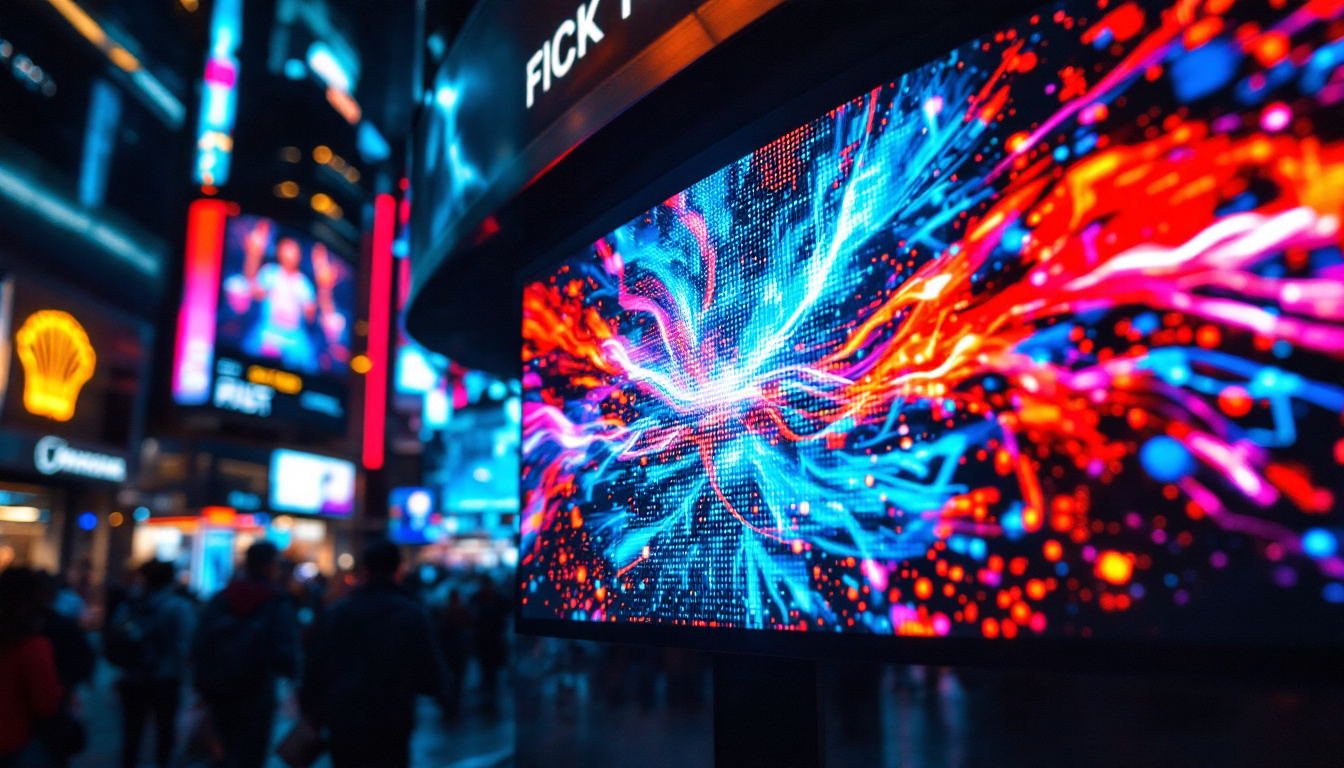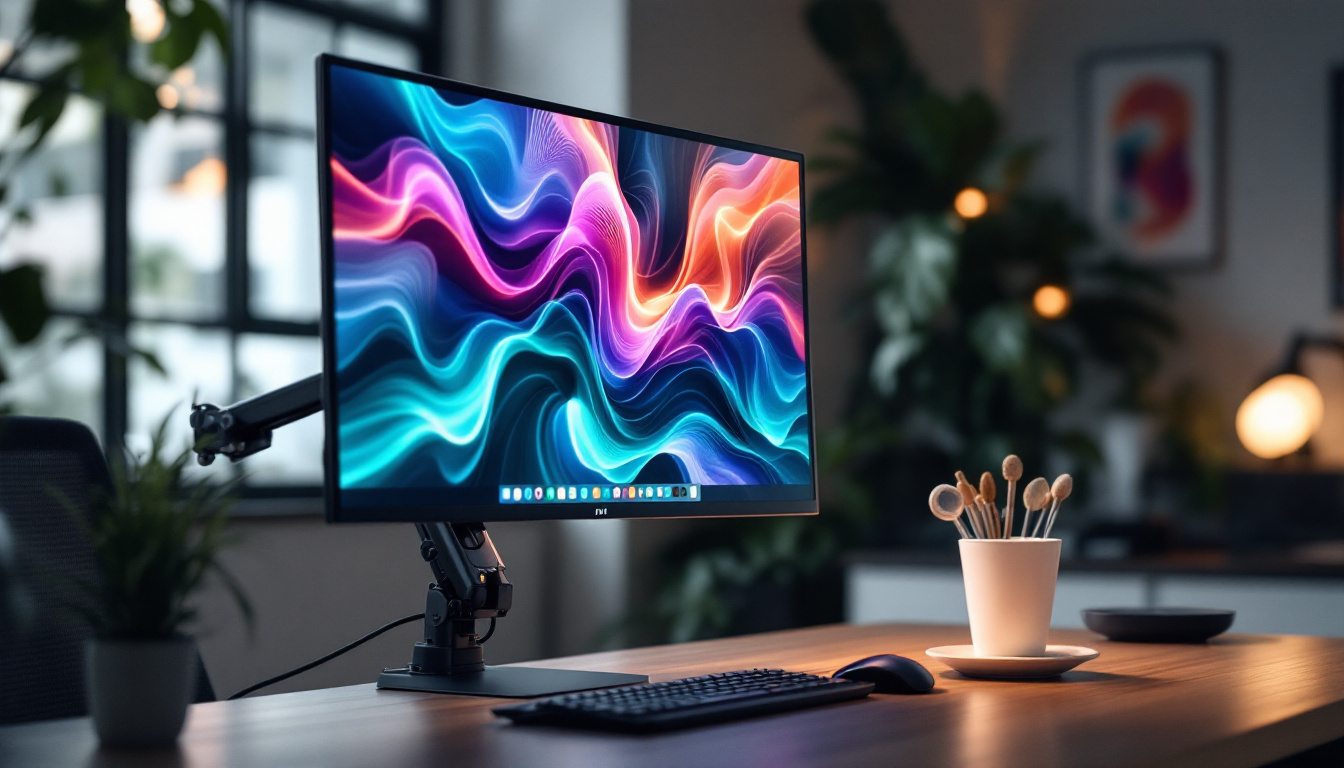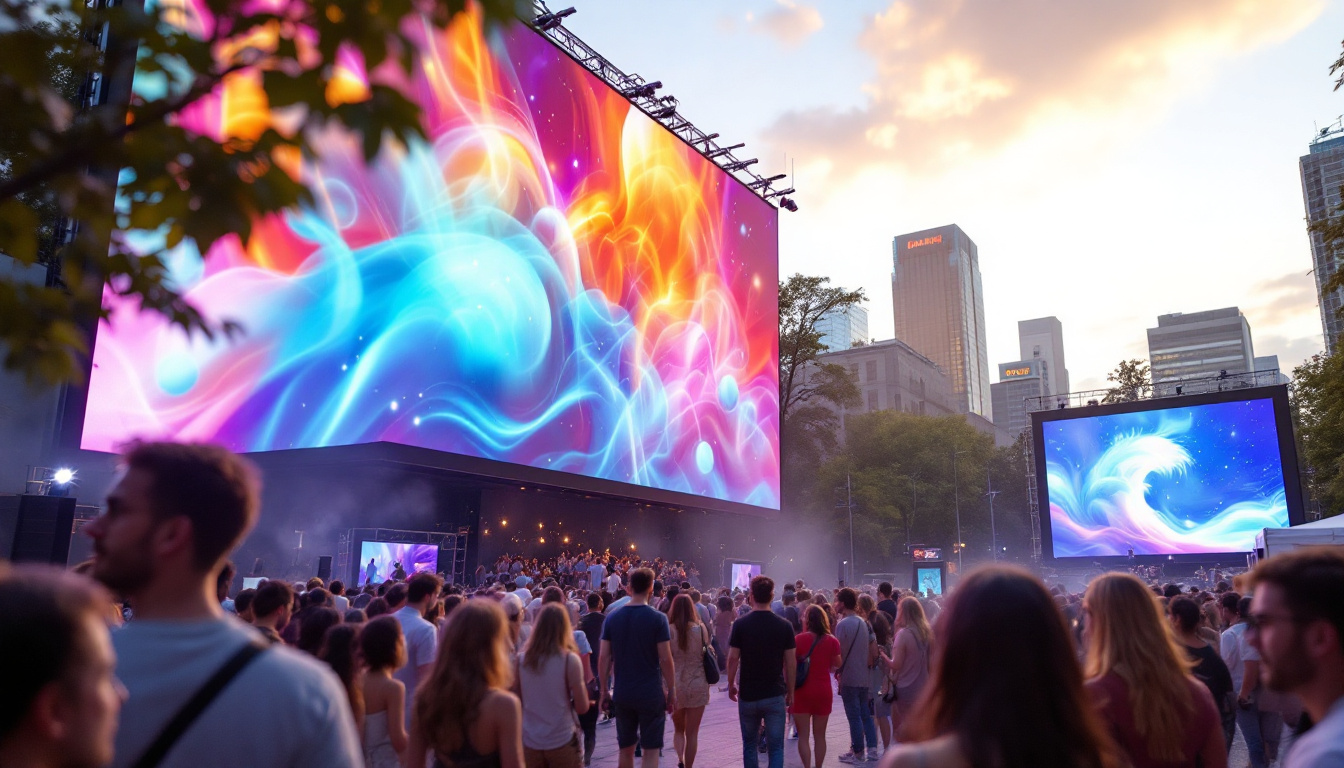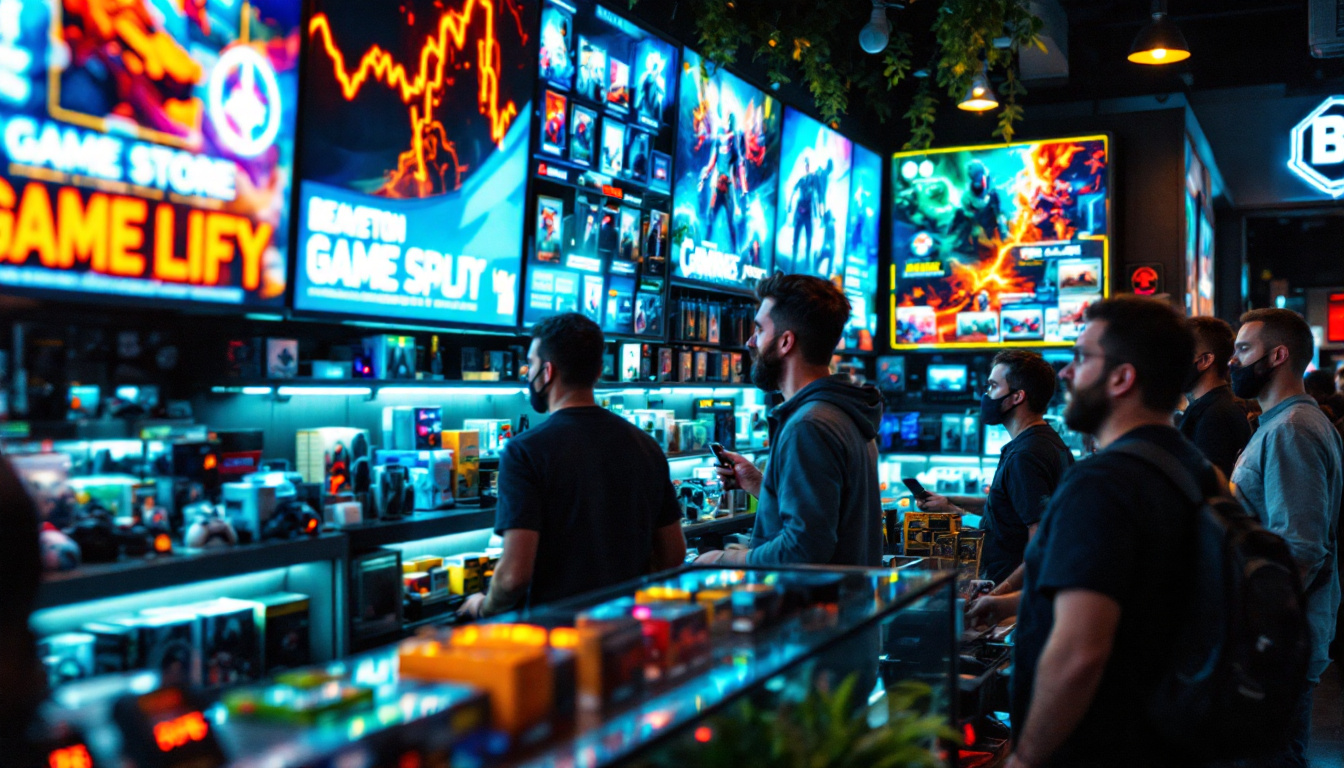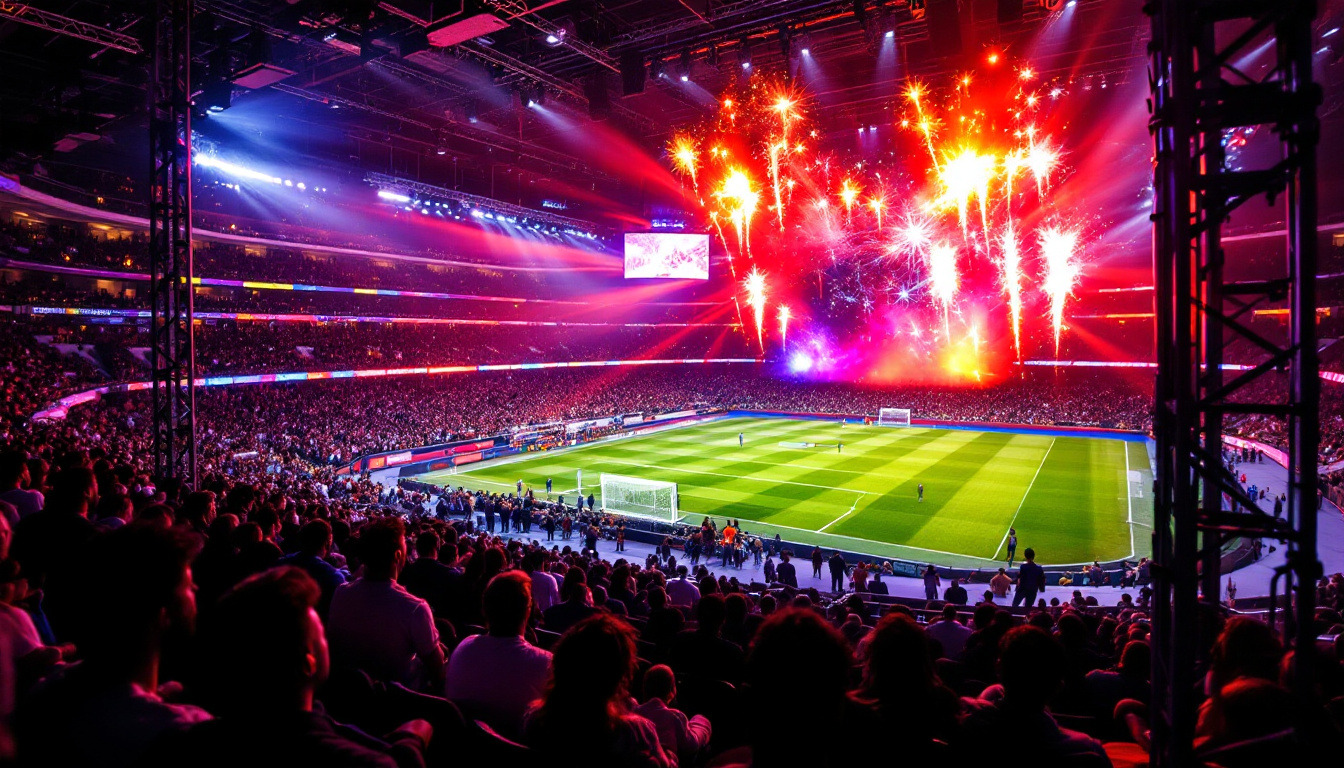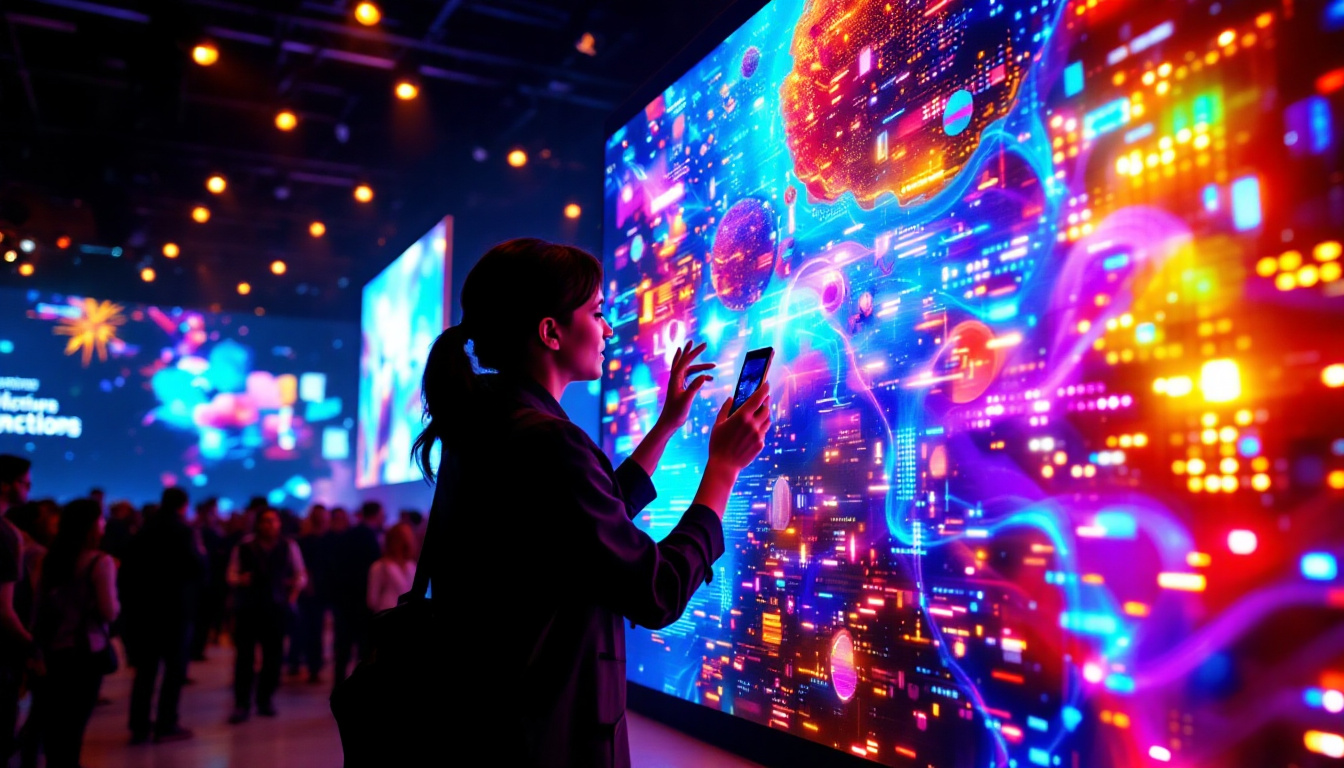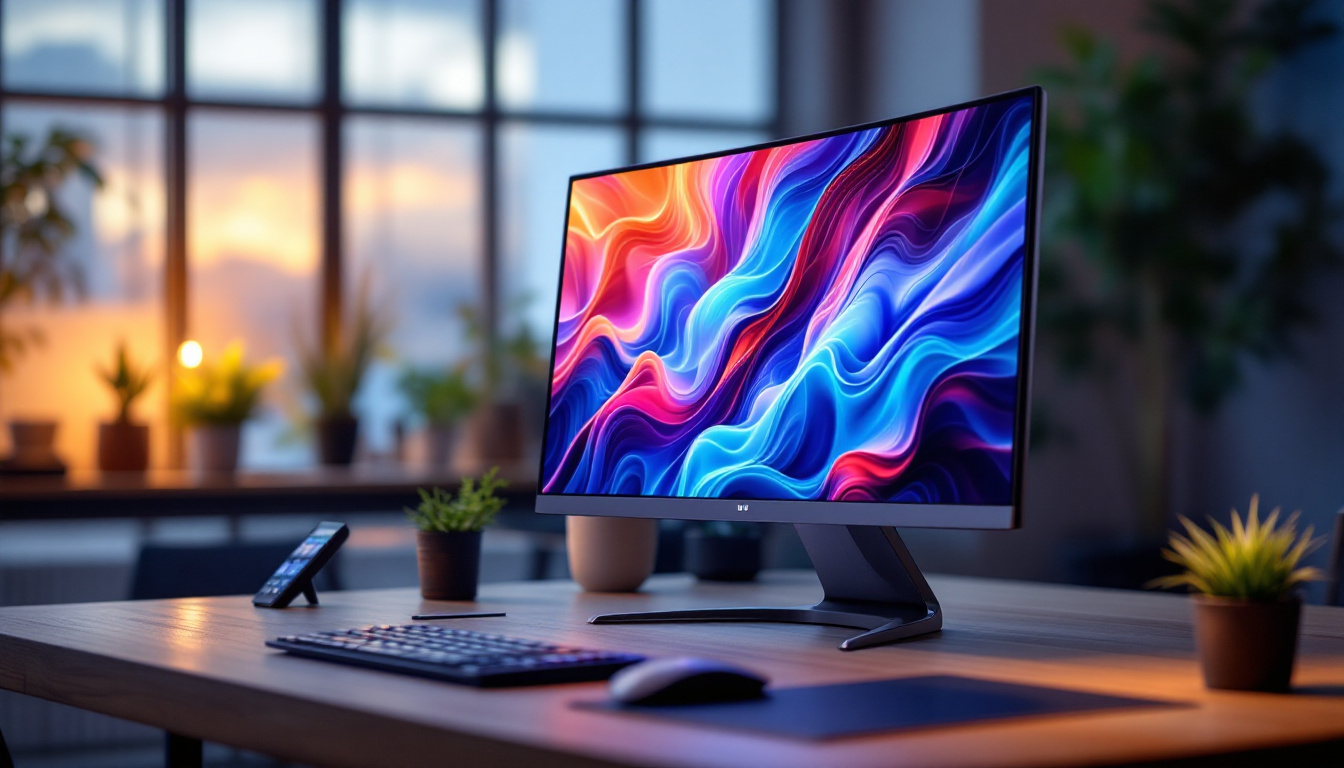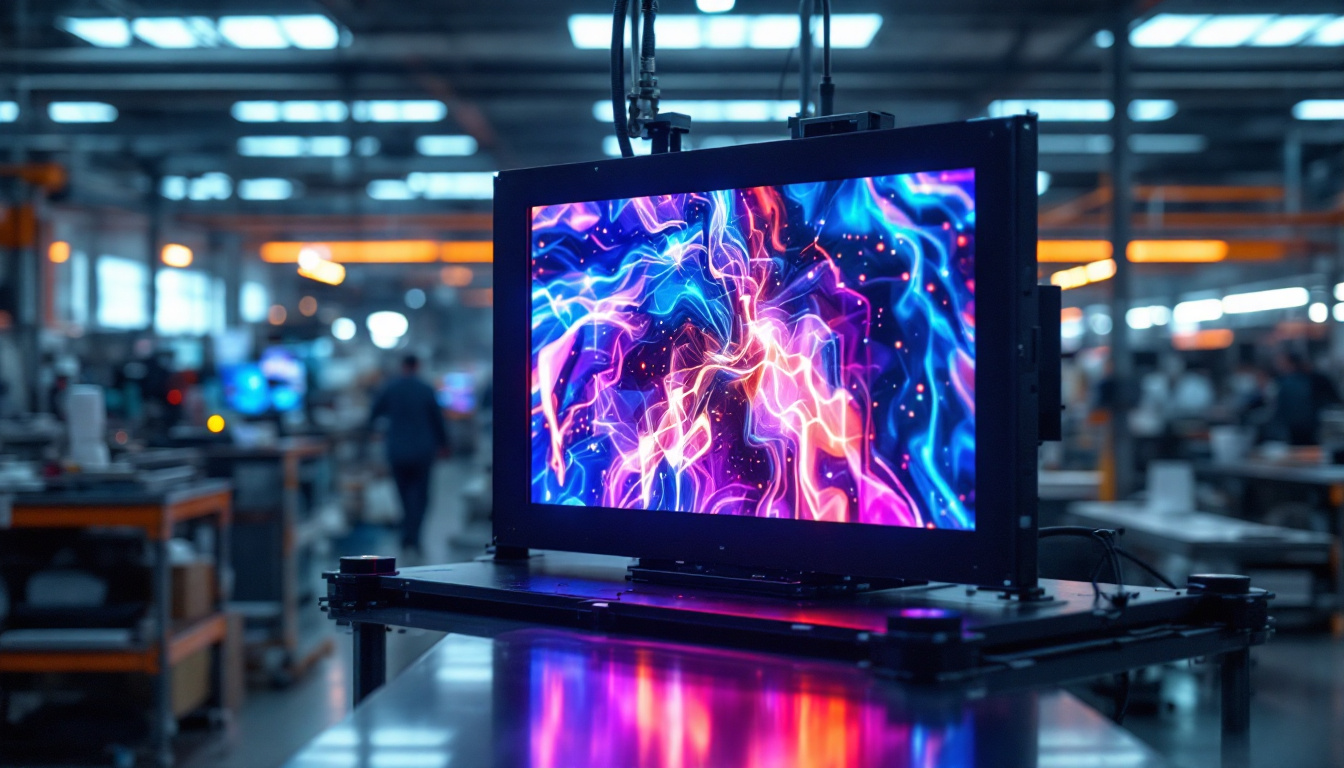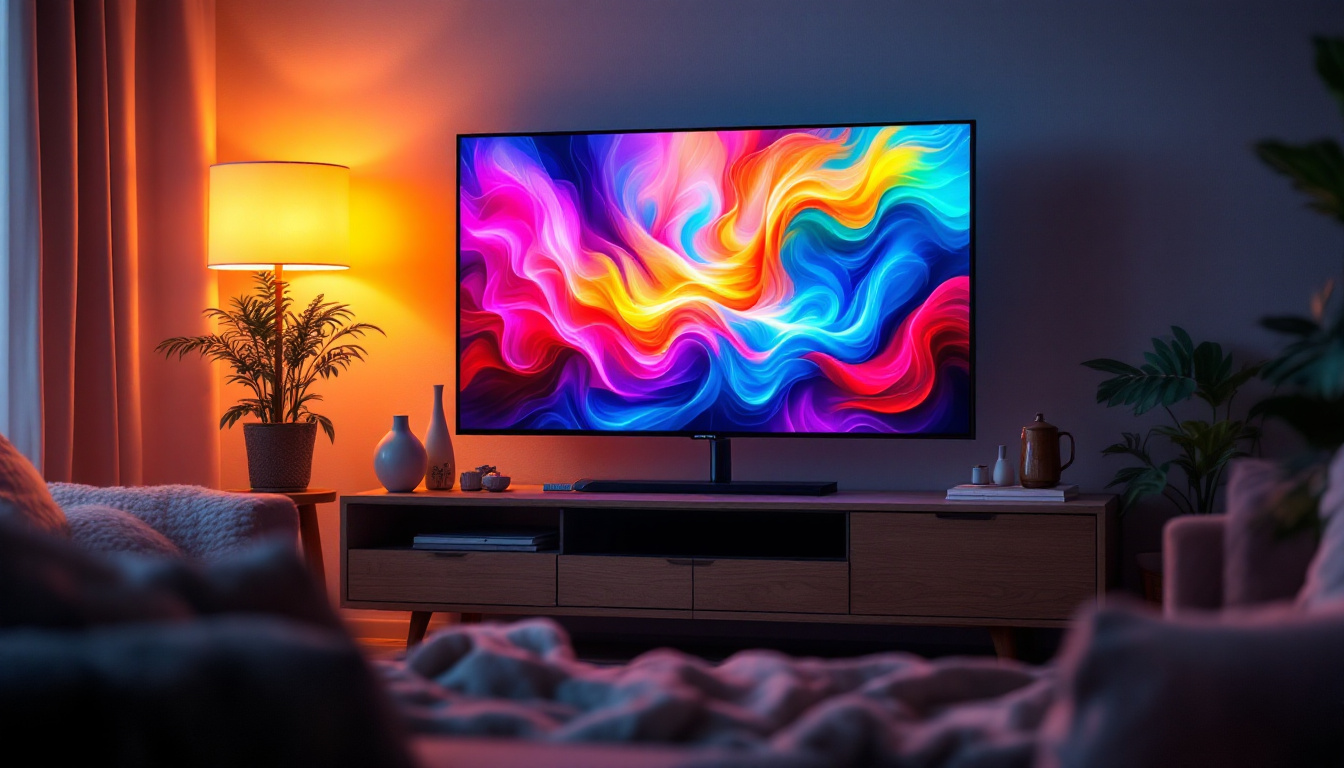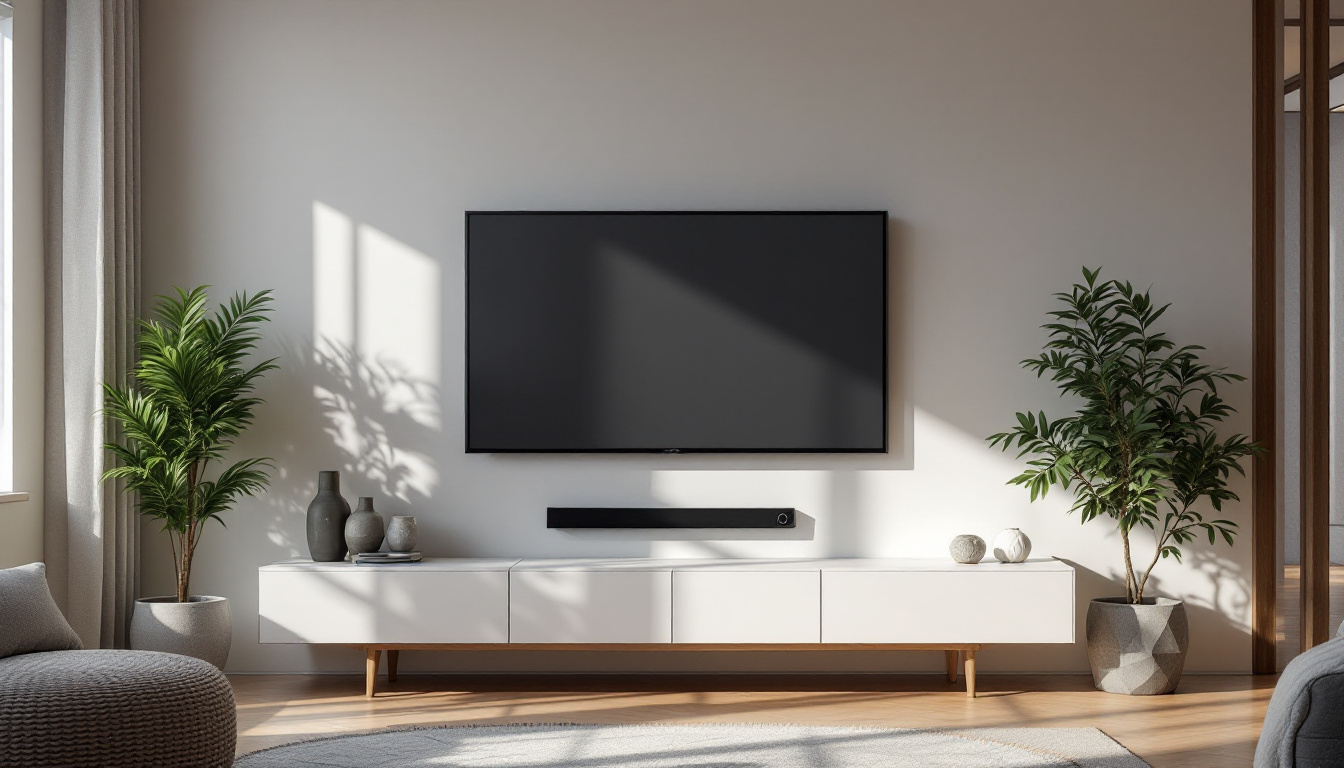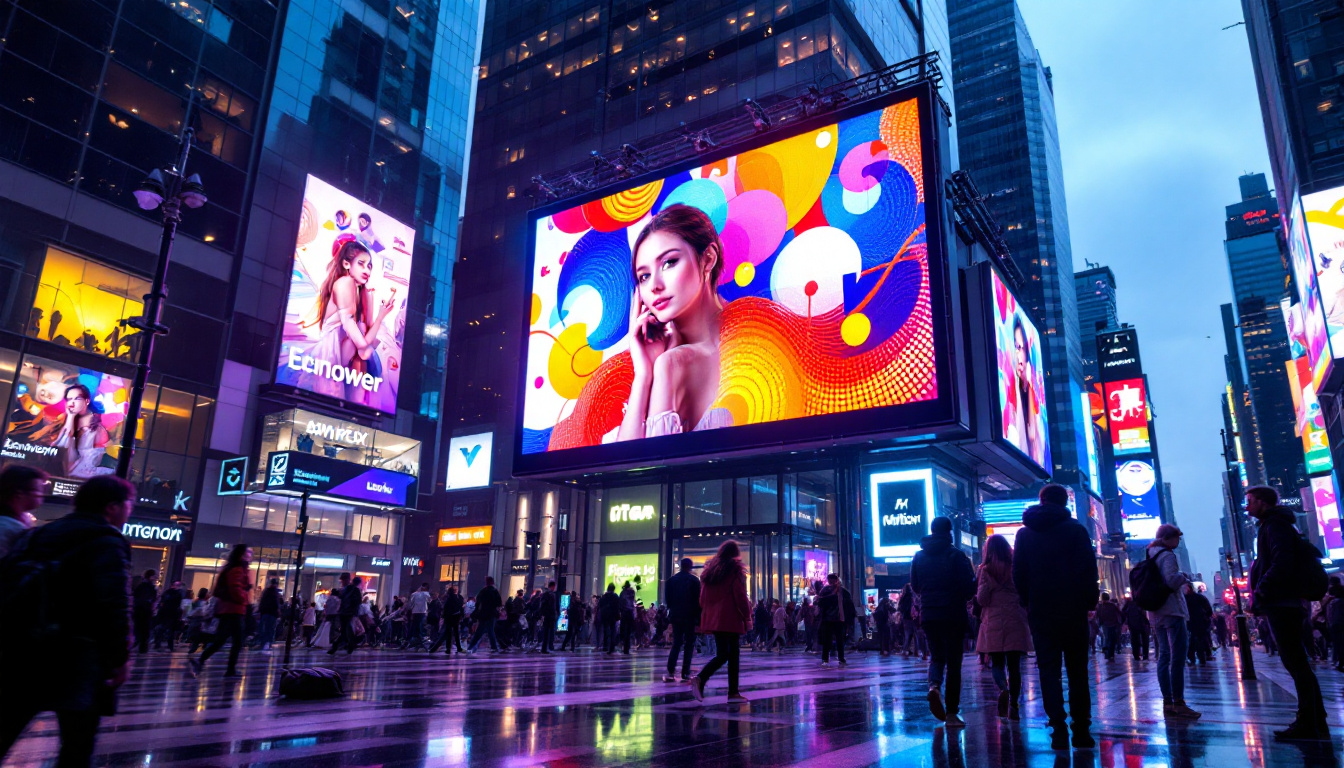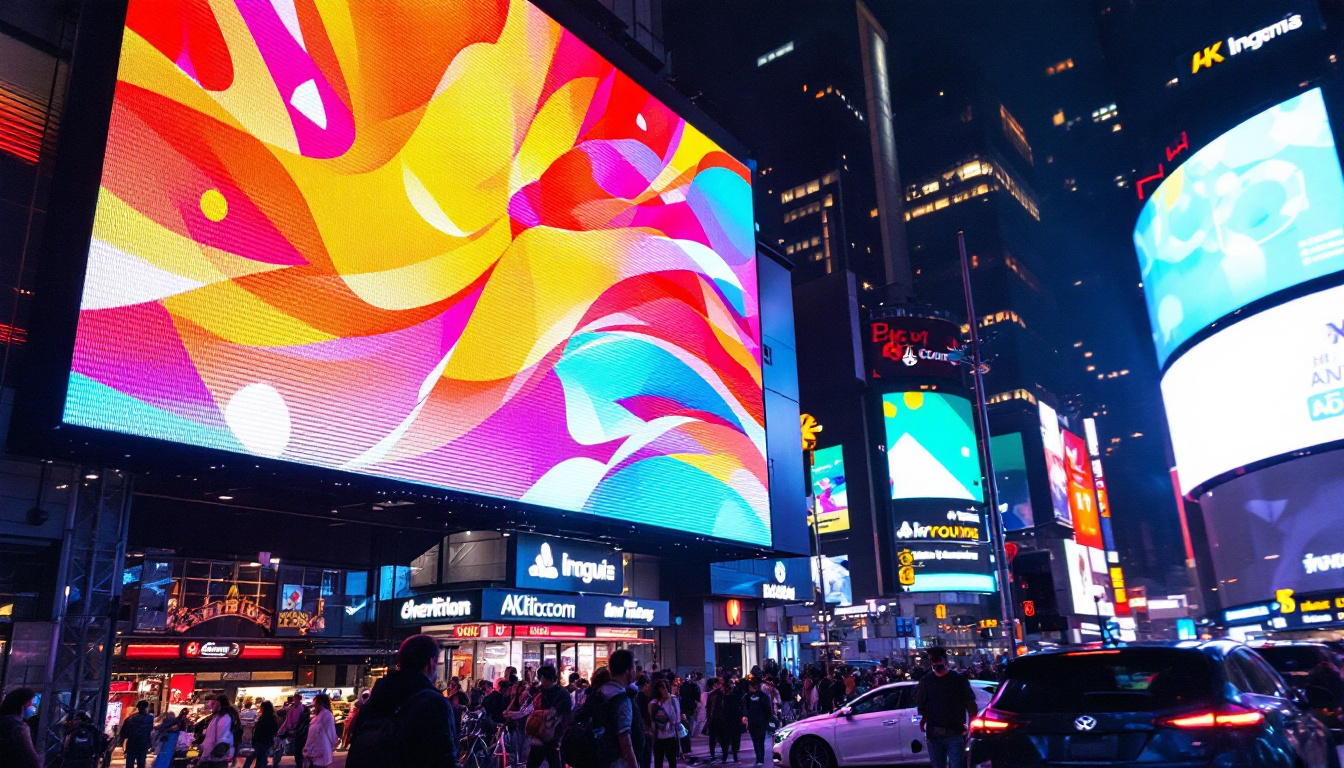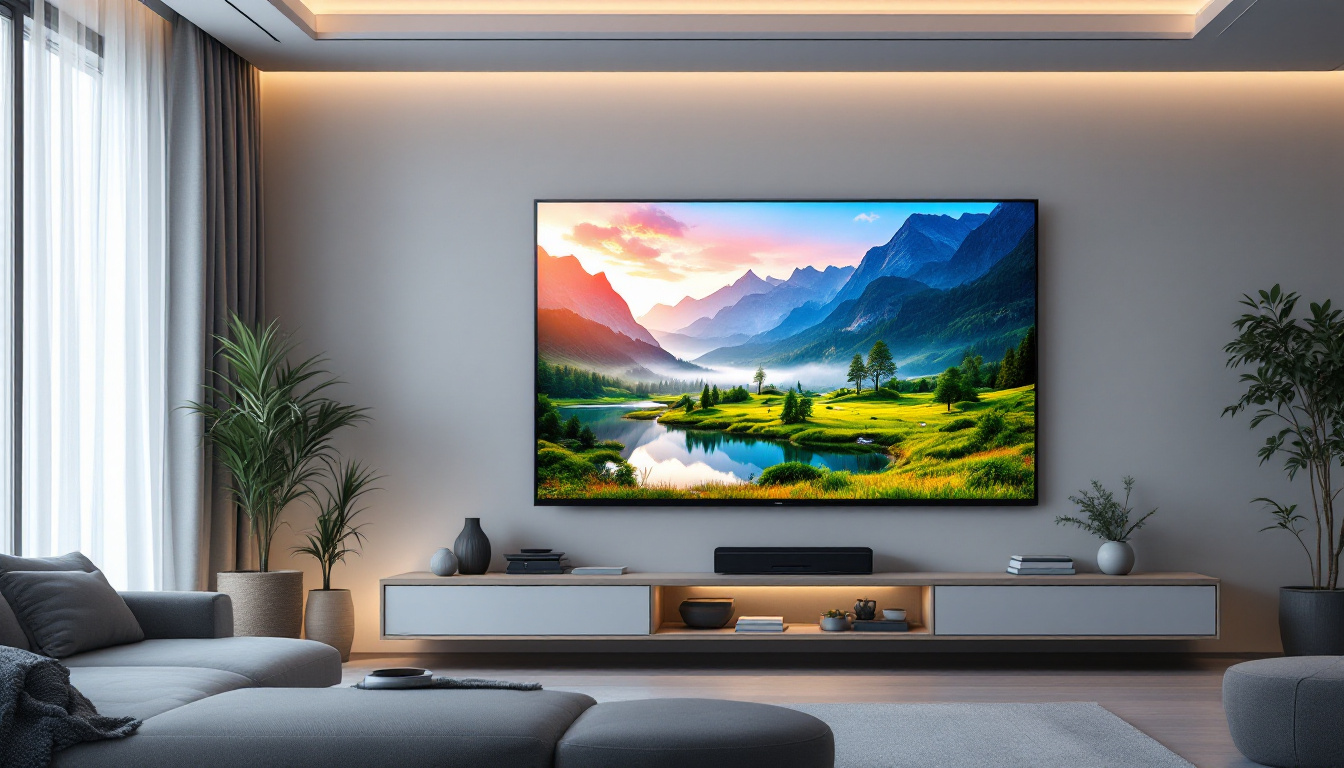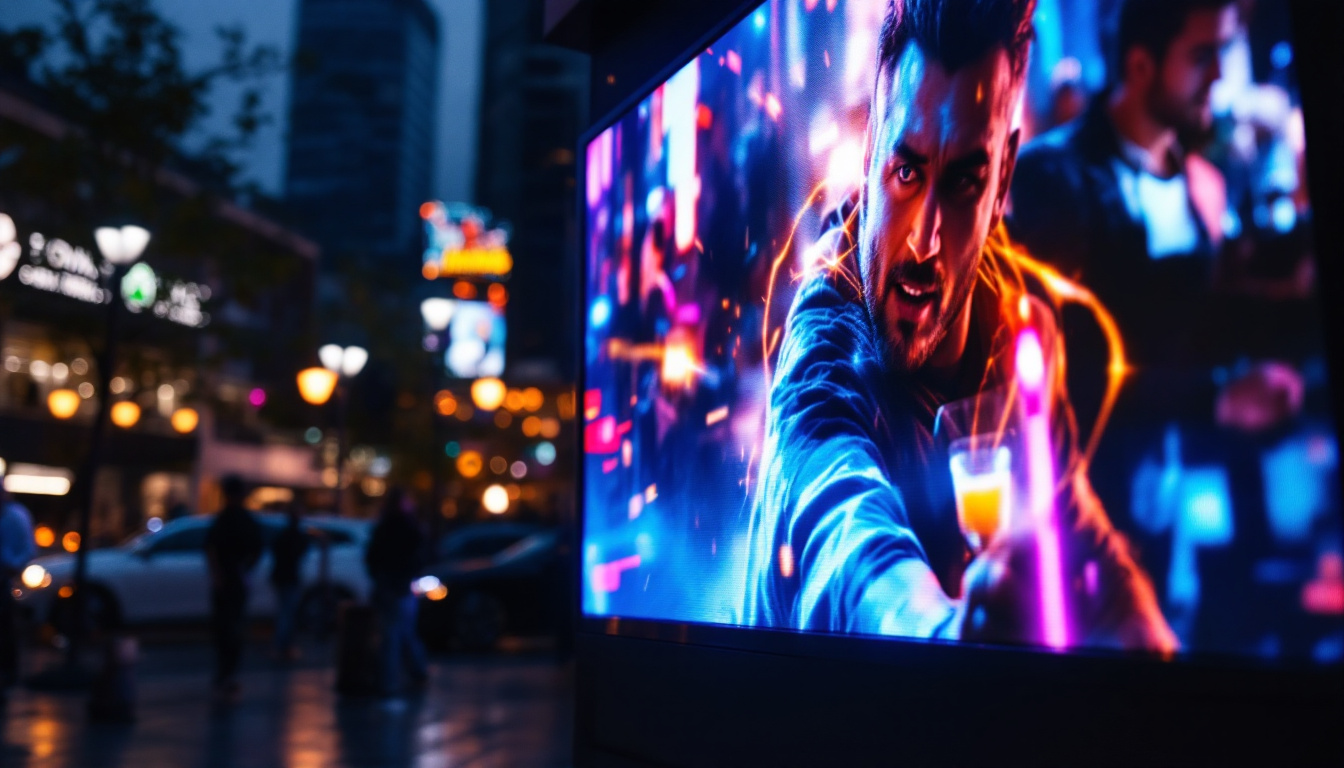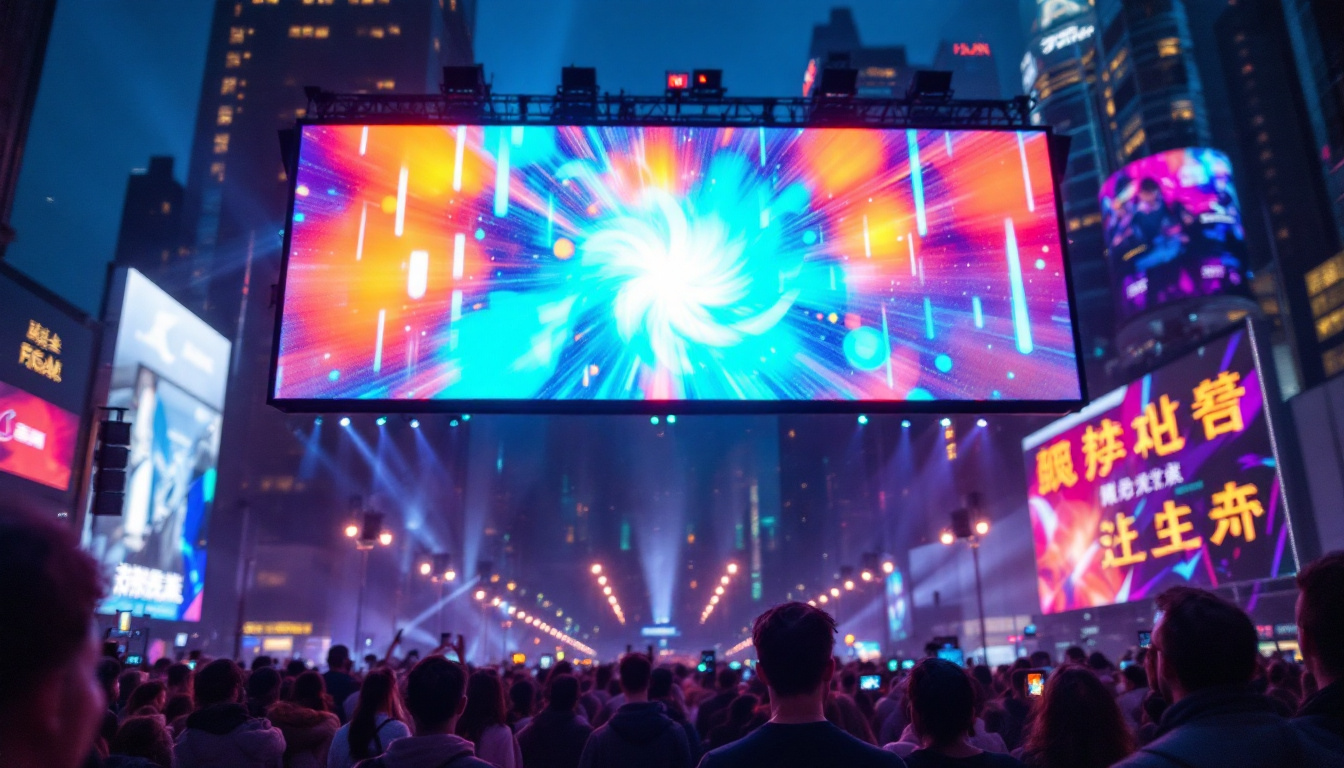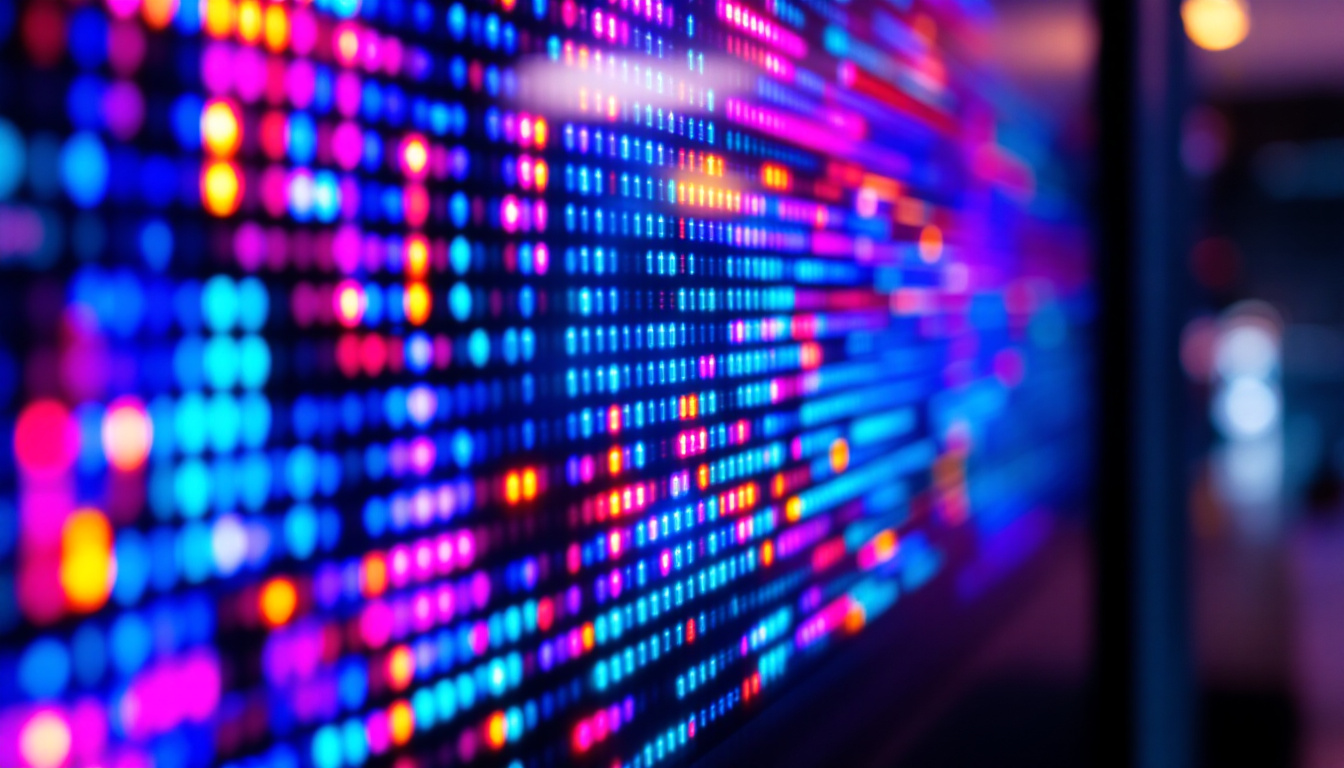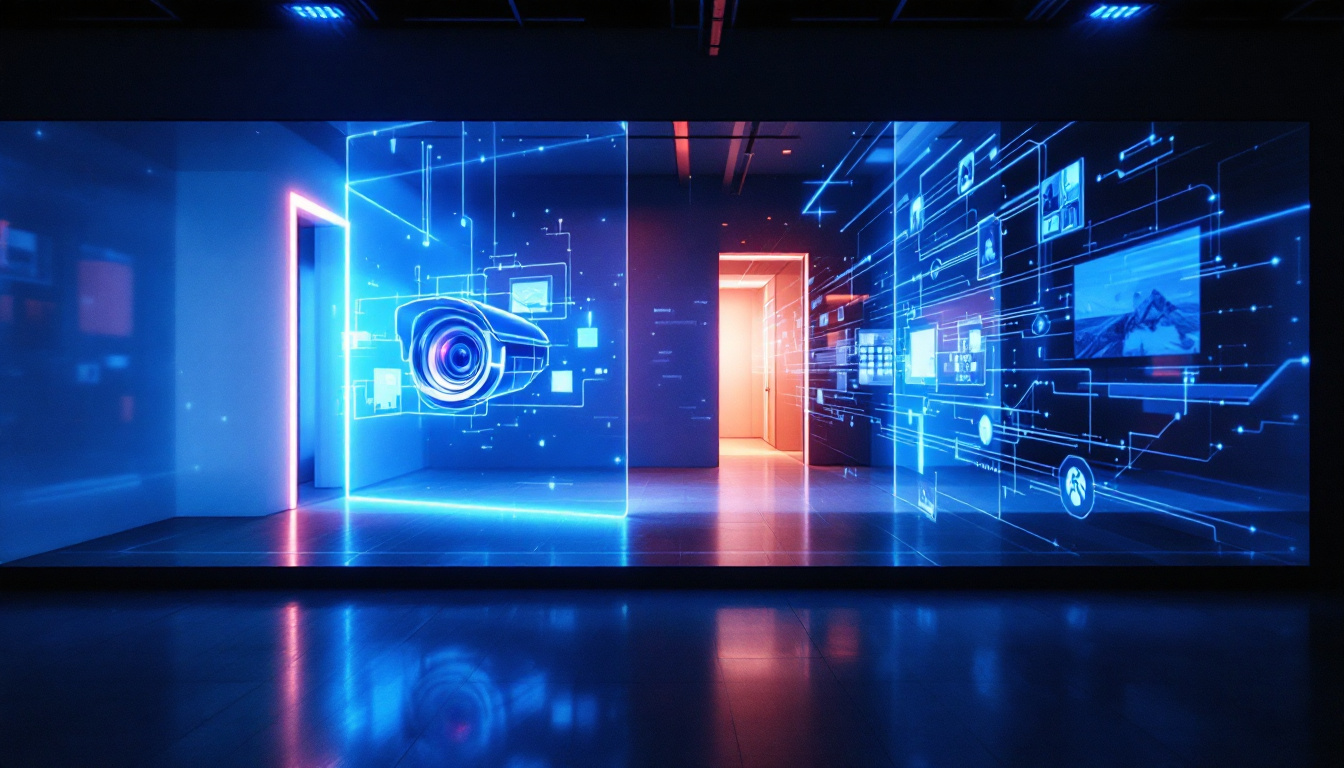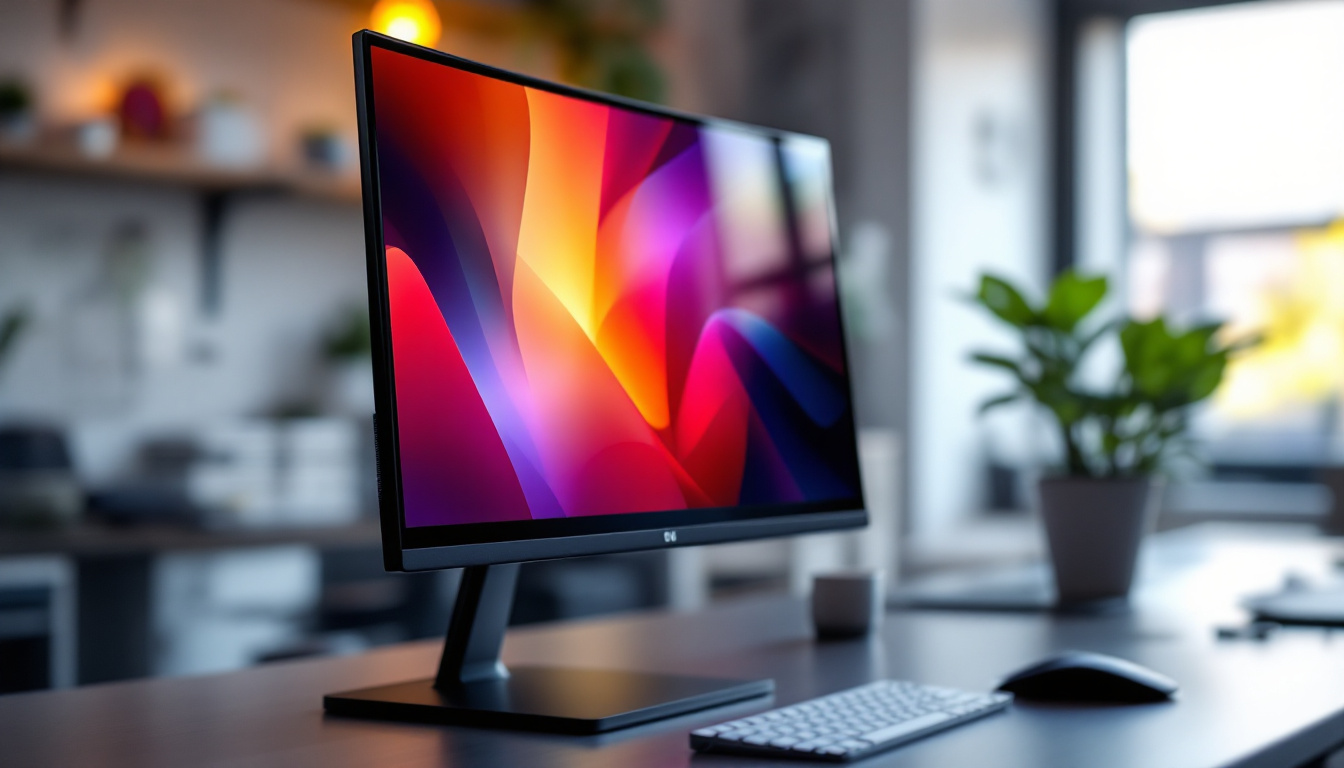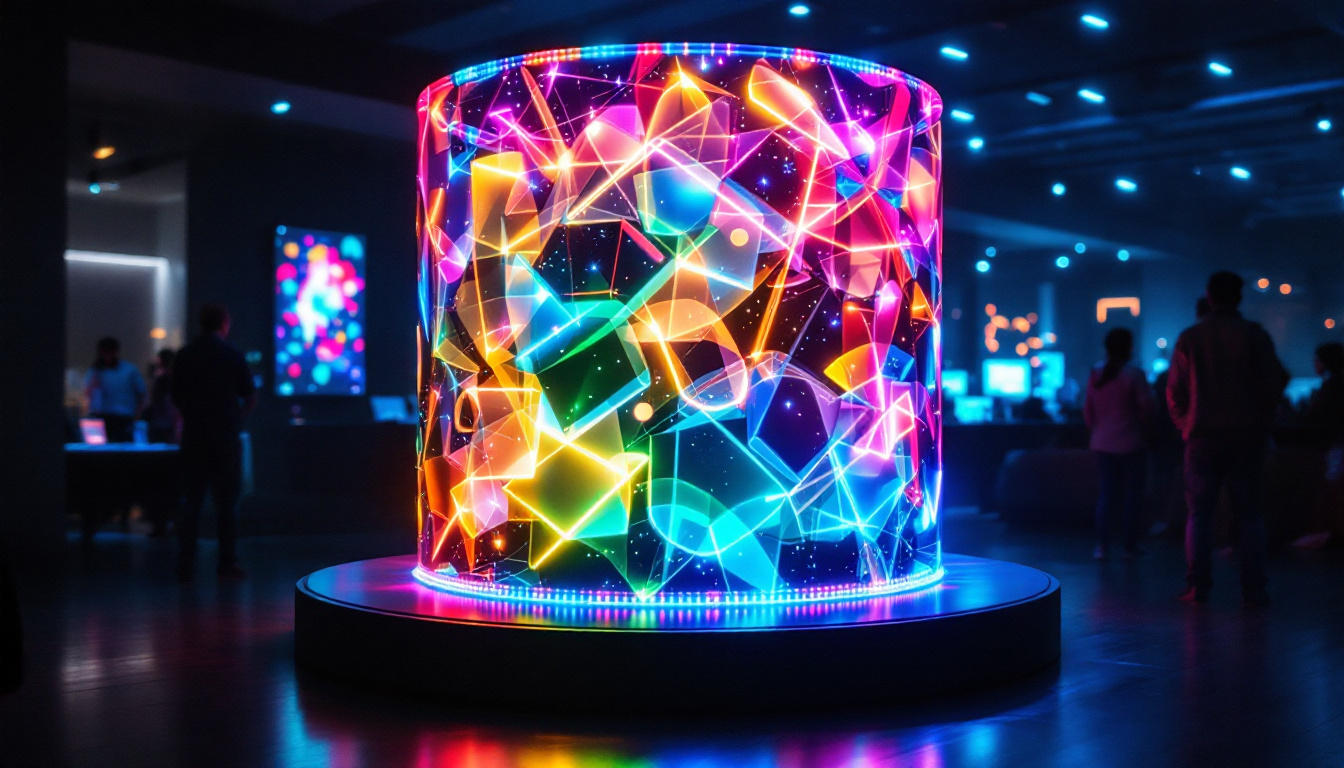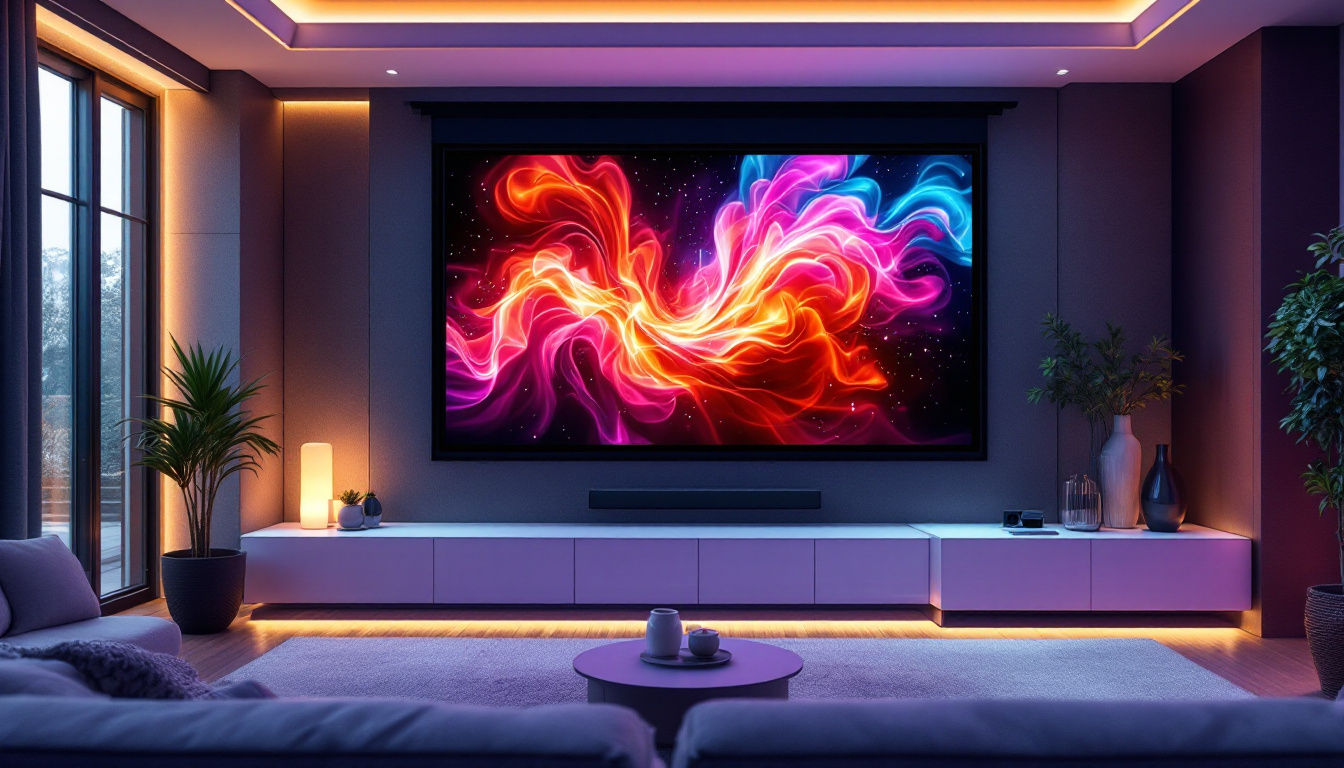In the world of visual technology, LED displays have become a cornerstone of modern communication and entertainment. With their vibrant colors and exceptional brightness, they are widely used in everything from billboards to televisions. However, when it comes to understanding LED displays, two terms often arise: resolution and solution. While they may sound similar, they refer to different aspects of display technology. This article explores the intricacies of resolution and solution in LED displays, helping to clarify these important concepts.
Understanding LED Displays
LED (Light Emitting Diode) displays utilize semiconductor technology to produce light and create images. They are favored for their energy efficiency, longevity, and ability to produce bright, vibrant colors. These displays can be found in various formats, including indoor and outdoor screens, televisions, and digital signage.
The technology behind LED displays has evolved significantly over the years. Initially used for simple indicators and small screens, advancements have allowed for larger, high-definition displays that can be used in a multitude of applications. Understanding the fundamental components of LED displays is essential for grasping the concepts of resolution and solution.
The Components of LED Displays
LED displays consist of several key components that work together to create images. The most critical elements include:
- LEDs: The basic building blocks that emit light. Different colors are achieved by combining red, green, and blue LEDs.
- Pixel Matrix: The arrangement of LEDs in a grid format, where each pixel can be controlled individually to produce images.
- Controller: The hardware that processes the input signals and manages the display of images on the screen.
By understanding these components, one can better appreciate how resolution and solution play a role in the performance and quality of LED displays.
Moreover, the advancements in LED technology have led to the development of various types of displays, such as OLED (Organic Light Emitting Diode) and MicroLED. OLED displays offer deeper blacks and improved contrast ratios, making them ideal for high-end televisions and smartphones. MicroLED, on the other hand, is a newer technology that promises even greater efficiency and flexibility, allowing for modular displays that can be scaled to any size without loss of quality. These innovations are pushing the boundaries of what is possible with display technology and are paving the way for more immersive viewing experiences.
In addition to the technical aspects, the application of LED displays has transformed how information is conveyed in public spaces. From massive billboard advertisements in urban centers to interactive displays in museums and galleries, LED technology has revolutionized the way we engage with visual content. The ability to update information in real-time and create dynamic visuals has made LED displays an essential tool for marketers and educators alike, enhancing communication and interaction with audiences across various platforms.
What is Resolution?
Resolution refers to the amount of detail an image can hold, measured in pixels. In the context of LED displays, resolution is typically expressed as width x height (e.g., 1920 x 1080), indicating the number of pixels in each dimension. Higher resolutions generally lead to sharper images and more detail, making resolution a critical factor in display quality.
Types of Resolution
There are several common types of resolution used in LED displays:
- Standard Definition (SD): Typically 720 x 480 pixels, this resolution is often used in older televisions and displays.
- High Definition (HD): Refers to 1280 x 720 pixels, providing a clearer image compared to SD.
- Full HD (FHD): At 1920 x 1080 pixels, FHD offers a significant improvement in detail and clarity.
- Ultra High Definition (UHD): Also known as 4K, this resolution is 3840 x 2160 pixels, delivering an incredibly sharp and detailed image.
Each type of resolution serves different needs and applications, from casual viewing to professional broadcasting. The choice of resolution can greatly impact the viewing experience, especially in larger displays. Additionally, as technology advances, new resolutions such as 8K (7680 x 4320 pixels) are emerging, pushing the boundaries of detail and clarity even further. This evolution not only enhances visual fidelity but also influences content creation, as filmmakers and game developers strive to produce material that can fully utilize these high-resolution displays.
Impact of Resolution on Viewing Experience
The resolution of an LED display affects not only the clarity of the images but also the overall viewing experience. Higher resolutions allow for more detailed images, which is particularly important for applications such as:
- Digital Signage: In retail or advertising, high-resolution displays can attract more attention and convey messages more effectively.
- Broadcasting: In television and film, higher resolutions can enhance the storytelling experience by providing more intricate details.
- Gaming: Gamers benefit from high-resolution displays that provide immersive environments and realistic graphics.
However, it is essential to balance resolution with other factors such as viewing distance and screen size. A high-resolution display may not be necessary for smaller screens viewed from a distance, whereas larger screens benefit significantly from higher resolutions. Furthermore, the technology behind the display, such as pixel density and color accuracy, also plays a crucial role in how resolution impacts the viewing experience. For instance, a display with a high pixel density can maintain clarity even at close viewing distances, making it ideal for applications like graphic design or detailed video editing.
What is Solution?
Solution, in the context of LED displays, refers to the pixel pitch, which is the distance between the centers of two adjacent pixels. It is usually measured in millimeters (mm). A smaller pixel pitch indicates a higher pixel density, leading to a clearer and more detailed image, especially when viewed up close. This clarity is particularly important in environments where visual impact is paramount, such as in advertising or high-stakes presentations.
Understanding Pixel Pitch
Pixel pitch is a crucial factor in determining the quality and application of an LED display. Here’s how it works:
- Small Pixel Pitch: Displays with a pixel pitch of less than 2.5 mm are typically used for indoor applications where viewers are close to the screen, such as in conference rooms or retail environments. These displays can create immersive experiences, allowing for intricate graphics and vibrant colors that captivate the audience.
- Medium Pixel Pitch: Ranging from 2.5 mm to 5 mm, these displays are versatile and can be used in both indoor and outdoor settings. They strike a balance between cost and performance, making them ideal for venues like sports arenas or outdoor events where visibility from varying distances is essential.
- Large Pixel Pitch: Displays with a pixel pitch greater than 5 mm are usually employed for outdoor applications, such as billboards, where viewers are typically at a greater distance. These displays are designed to be seen from afar, ensuring that the content remains legible and impactful even in bright sunlight.
The choice of pixel pitch directly affects the display’s resolution and overall quality. For example, a high-resolution display with a small pixel pitch will provide a sharper image compared to a low-resolution display with a larger pixel pitch. This difference becomes particularly noticeable in applications that rely on fine details, such as digital signage or art installations, where every pixel contributes to the overall aesthetic.
Choosing the Right Solution for Your Needs
Selecting the appropriate solution for an LED display involves considering several factors:
- Viewing Distance: The distance from which viewers will be observing the display is crucial. For closer viewing, a smaller pixel pitch is recommended. This ensures that the image quality remains high and that viewers can appreciate the details without noticing the individual pixels.
- Application: Different applications may require varying levels of detail. For instance, a retail display may benefit from a high pixel density, while a large outdoor billboard may not. Understanding the specific context in which the display will be used can greatly influence the decision-making process.
- Budget: Higher resolution displays with smaller pixel pitches tend to be more expensive. Balancing quality with budget constraints is essential. It’s important to evaluate the long-term return on investment, as a higher initial cost may lead to better engagement and sales in the long run.
By understanding the relationship between pixel pitch and resolution, one can make informed decisions when selecting an LED display for specific applications. Additionally, it is beneficial to consider the technological advancements in LED display technology, such as HDR (High Dynamic Range) and improved color accuracy, which can further enhance the viewing experience. These features, combined with the right pixel pitch, can transform any display into a powerful communication tool, capable of delivering messages that resonate with audiences across various settings.
Resolution vs. Solution: Key Differences
While resolution and solution are interconnected, they are distinct concepts that serve different purposes in LED display technology. Here are the key differences:
Definition
Resolution refers to the total number of pixels in an image, while solution pertains to the pixel pitch, or the distance between pixels. Essentially, resolution is about detail, whereas solution focuses on pixel density.
Impact on Display Quality
Higher resolution generally leads to better image clarity and detail, while a smaller pixel pitch enhances the viewing experience by reducing pixelation, especially at close distances. Both factors contribute to the overall quality of the display, but they do so in different ways.
Applications
Different applications may prioritize one over the other. For instance, a high-resolution display may be ideal for broadcasting, while a display with a small pixel pitch may be more suitable for interactive installations where viewers are close to the screen.
Conclusion
Understanding the concepts of resolution and solution is essential for anyone involved in the selection or use of LED displays. While both terms are related to image quality, they address different aspects of display technology. Resolution focuses on the detail and clarity of the image, while solution pertains to the pixel pitch and density.
When choosing an LED display, it is crucial to consider both resolution and solution in relation to the intended application and viewing conditions. By doing so, one can ensure that the selected display meets the necessary requirements for optimal performance and viewer engagement.
As technology continues to advance, the importance of these concepts will only grow. Staying informed about the latest developments in LED display technology can help businesses and individuals make better decisions in an increasingly visual world.
Explore Cutting-Edge LED Display Solutions with LumenMatrix
Ready to elevate your visual communication with the latest in LED display technology? LumenMatrix offers a comprehensive range of innovative LED display modules designed to bring your brand to life. Whether you’re looking for an Indoor LED Wall Display, a dynamic Outdoor LED Wall Display, or specialized solutions like Vehicle LED Displays and LED Sports Displays, LumenMatrix has the expertise to enhance your engagement and captivate your audience. Experience the future of digital signage and discover how our Custom LED Displays or All-in-One LED Display solutions can transform your space. Don’t miss out on the opportunity to create unforgettable visual experiences. Check out LumenMatrix LED Display Solutions today and see your message shine with unparalleled clarity and impact.

